Museo Nacional de Antropología: Mexico City’s Best Museum
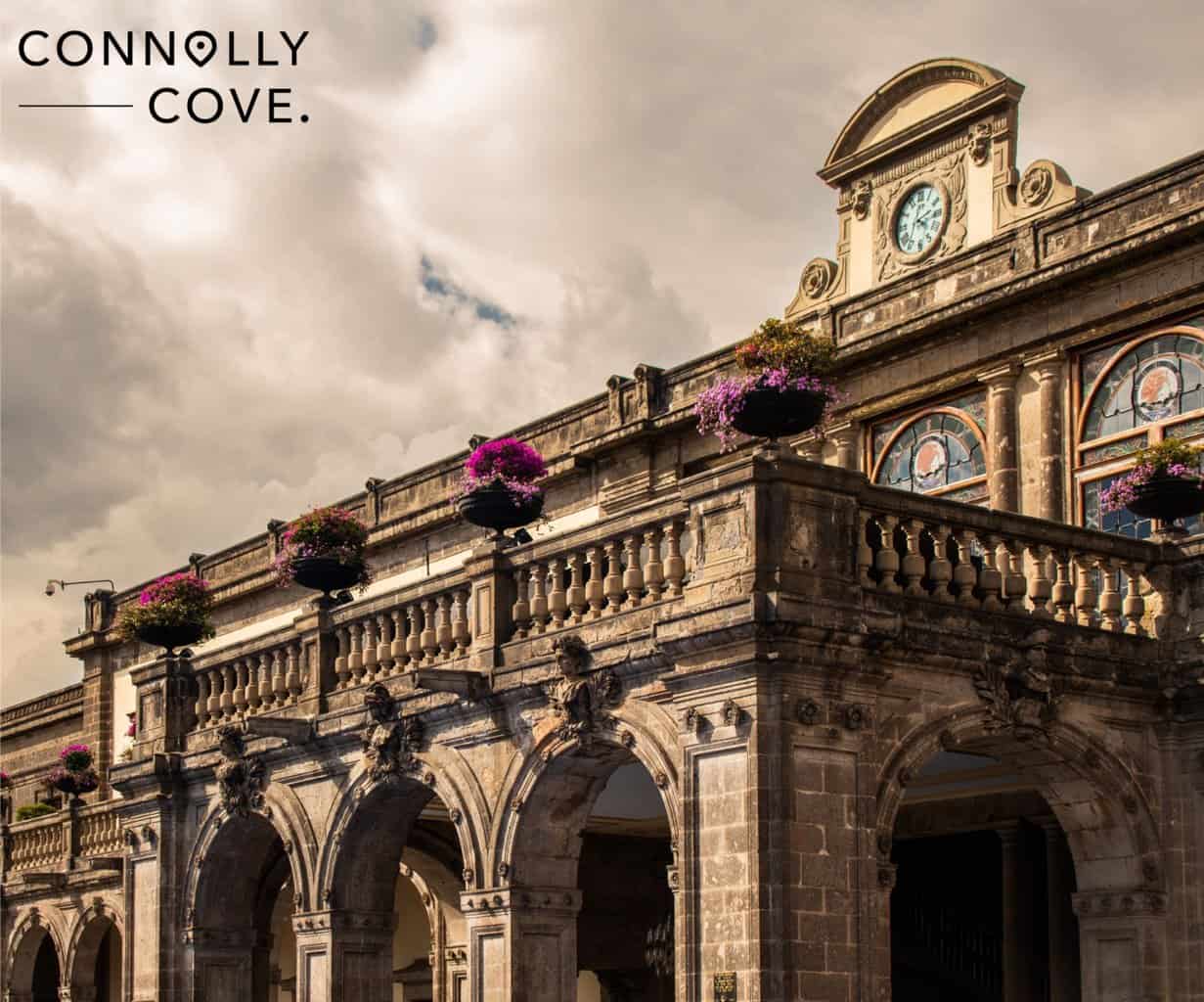
Updated On: November 10, 2023 by Courtney Augello
The Museo Nacional de Antropología in Mexico City is a fascinating institution dedicated to the heritage and anthropology of Mexico’s past and present. The museum is a sanctuary of knowledge, artefacts, and indigenous legacies.
The Museo Nacional de Antropología invites visitors on a journey through past civilisations and cultures. It explores Mexico’s pre-Columbian cities, the diversity of its indigenous communities, and the enduring treasures of the Aztecs and Mayas.
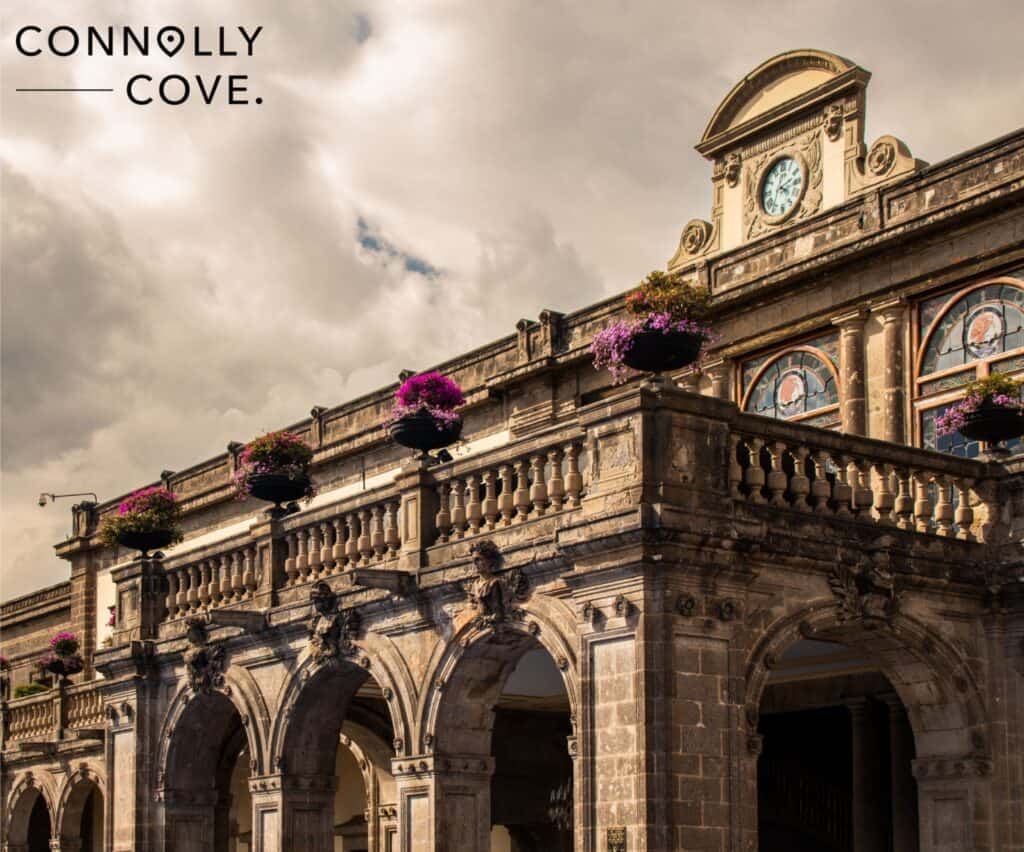
To help you get the most out of a trip to the museum, we’ve explored the location, history, and cultural significance of the Museo Nacional de Antropología and the plethora of artefacts on exhibit.
Table of Contents
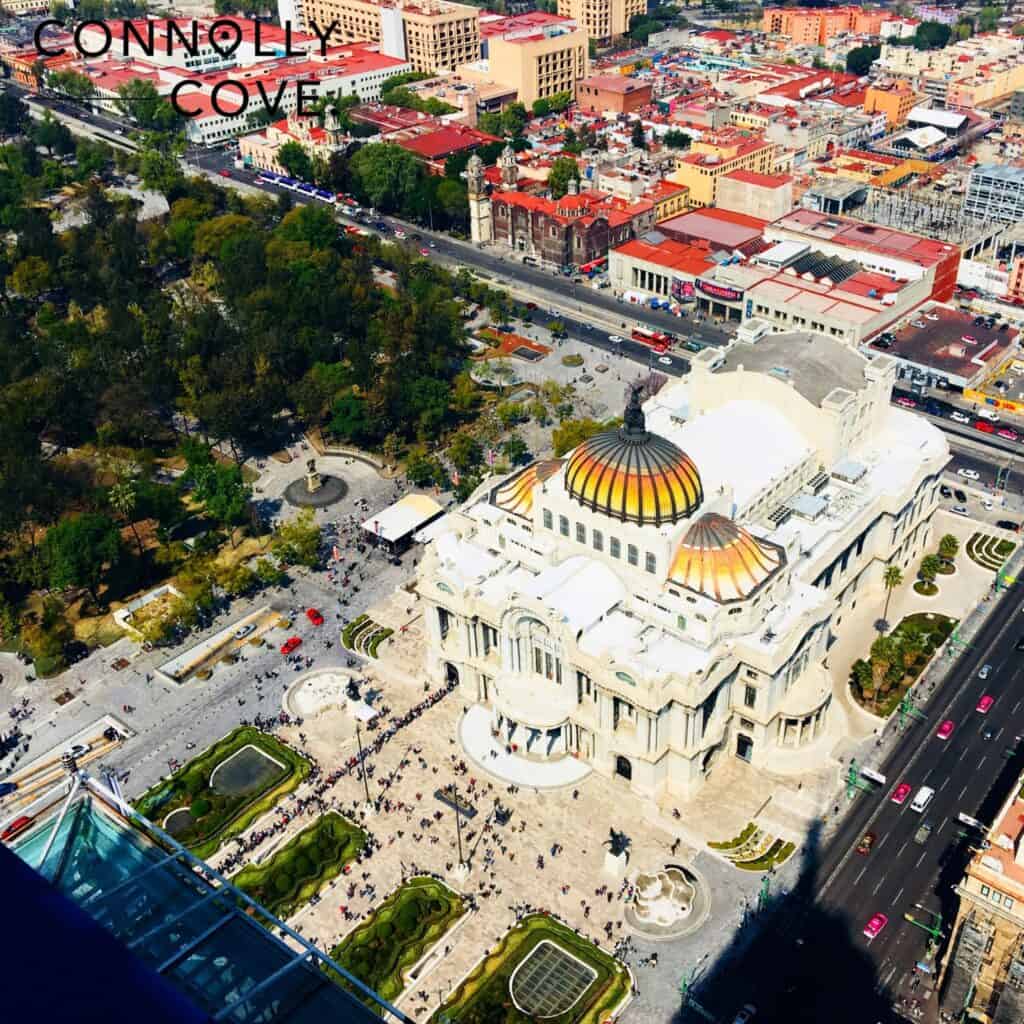
Where is the Museo Nacional de Antropología?
The Museo Nacional de Antropología is located in the heart of Mexico City, one of the world’s most vibrant and historically rich capitals. Specifically, it is located within Chapultepec Park, a sprawling urban oasis that spans approximately 1,695 acres.
This strategic location within the park places the museum in close proximity to numerous other cultural and recreational attractions, making it a central hub for both locals and tourists seeking to explore Mexico’s rich cultural heritage.
The museum’s presence in Chapultepec Park not only enhances its accessibility but also creates a harmonious blend of nature and culture, underscoring its significance in preserving Mexico’s diverse traditions.
Accessibility and Transportation
Accessibility to the Museo Nacional de Antropología is remarkably convenient, given its prime location in Mexico City. The museum is easily accessible by various transportation options, including the city’s comprehensive metro system.
Additionally, the museum is well-connected by bus routes and is a common stop for tour buses that explore the city’s cultural landmarks. For those who prefer eco-friendly transportation, the park itself offers bike lanes and walking paths, allowing visitors to enjoy a leisurely stroll to the museum.
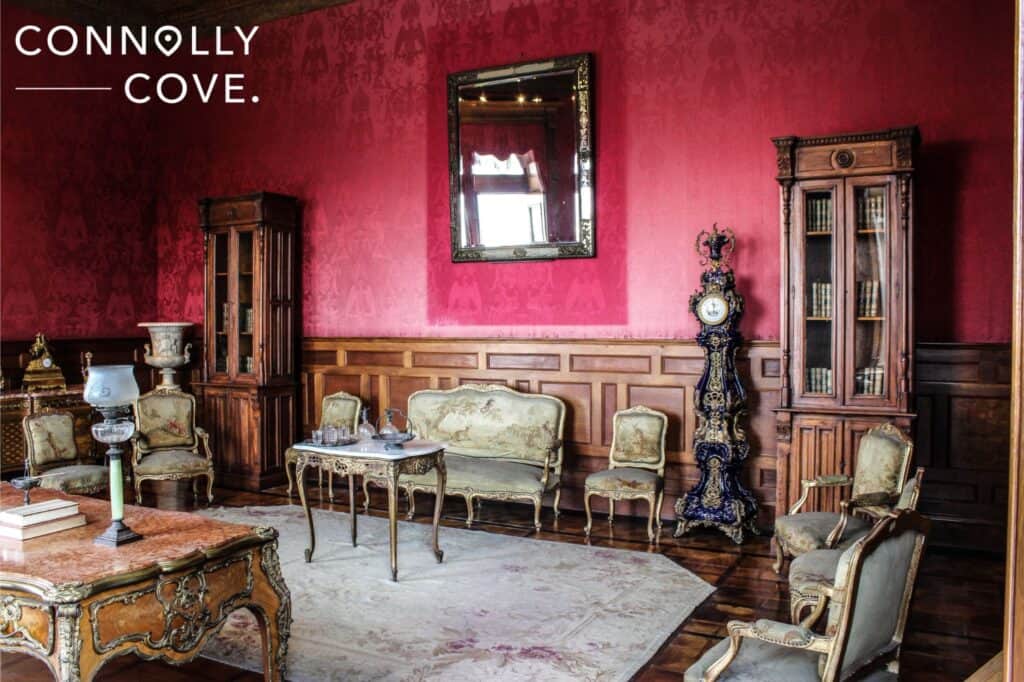
The closest airport to the Museo Nacional de Antropología in Mexico City is the Benito Juárez International Airport (MEX). This airport is the main international gateway to Mexico City, located approximately 14 kilometres (about 9 miles) east of the museum.
Architectural Significance
The Museo Nacional de Antropología is not only a repository of Mexico’s cultural treasures but also a masterpiece of modern architecture. The iconic museum building was designed by the renowned Mexican architect Pedro Ramírez Vázquez in collaboration with other prominent architects.
The architectural design is a testament to Mexico’s indigenous heritage, strikingly resembling an ancient Mesoamerican pyramid. The building’s central courtyard, flanked by lush gardens and reflecting pools, adds to its aesthetic appeal and offers visitors a serene place to pause and reflect.
The museum’s architectural significance extends beyond aesthetics; it embodies a harmonious fusion of contemporary design principles and Mexico’s deep-rooted cultural identity, symbolising the nation’s pride in its heritage.
The structure’s grandeur and cultural symbolism serve as a fitting prelude to the rich exhibits that lie within, inviting visitors to embark on a journey through Mexico’s anthropological and historical history.
History of the Museo Nacional de Antropología
Establishment
The Museo Nacional de Antropología, often referred to as the National Museum of Anthropology, has a storied history that dates back to its establishment in 1964. Then-President Adolfo López Mateos inaugurated the museum to preserve and showcase Mexico’s rich and diverse cultural heritage.
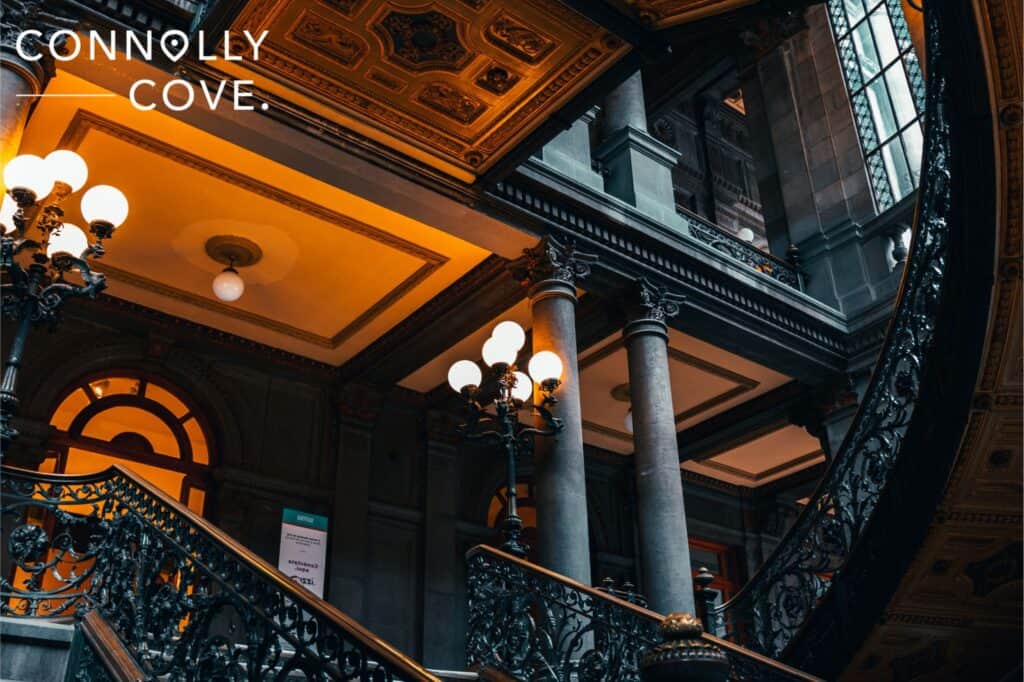
The museum was founded as a response to the need for a comprehensive institution that would bring together the nation’s archaeological, ethnographic, and anthropological collections under one roof.
The early years of the museum were marked by an ambitious effort to collect, curate, and exhibit artefacts from various indigenous cultures that had shaped Mexico’s history. The commitment to scholarship and preservation of cultural treasures laid the foundation for what would become one of the world’s foremost institutions dedicated to anthropology.
Preserving Mexico’s Cultural Heritage
The Museo Nacional de Antropología has played a pivotal role in preserving Mexico’s cultural heritage, safeguarding it for future generations. The museum has ensured the conservation of invaluable historical and anthropological treasures, including ceramics, sculptures, textiles, codices, and more.
By meticulously documenting, researching, and exhibiting these artefacts, the museum has not only preserved the material culture of these communities but has also contributed significantly to the understanding and appreciation of Mexico’s rich cultural tapestry on both national and international levels.
Notable Curators and Contributors
Over the years, the Museo Nacional de Antropología has benefited from the expertise and dedication of notable curators and contributors in the field of anthropology and archaeology. Figures such as Alfonso Caso, who served as the museum’s first director, made substantial contributions to the institution’s growth and academic reputation.
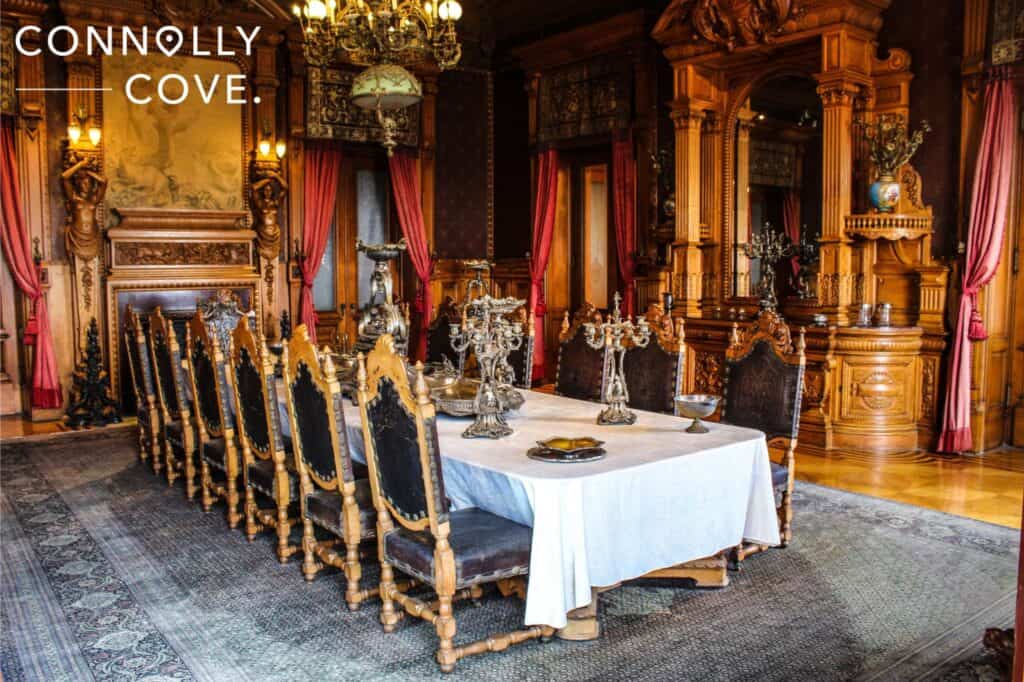
Caso’s groundbreaking archaeological work in Monte Albán and other regions of Mexico helped shape the museum’s collection and research efforts. Similarly, scholars like Miguel Covarrubias, who served as a curator, enriched the museum with their deep knowledge of indigenous cultures and artistic traditions.
These individuals, among others, have left an undeniable mark on the museum’s legacy, shaping its direction and impact on the study of Mexican anthropology.
Mission and Goals
The Museo Nacional de Antropología has evolved significantly since its inception. While its early focus was primarily on archaeological artefacts and ethnographic displays, the museum’s mission and goals have expanded to encompass a broader range of objectives.
Today, it not only serves as a repository of cultural treasures but also as a centre for anthropological research, education, and outreach. The museum’s commitment to cultural diversity and inclusivity is reflected in its efforts to represent and engage with indigenous communities.
Its mission now extends to promoting a deeper understanding of Mexico’s complex cultural landscape, fostering dialogue on indigenous rights and representation, and collaborating with international institutions to advance anthropological knowledge.
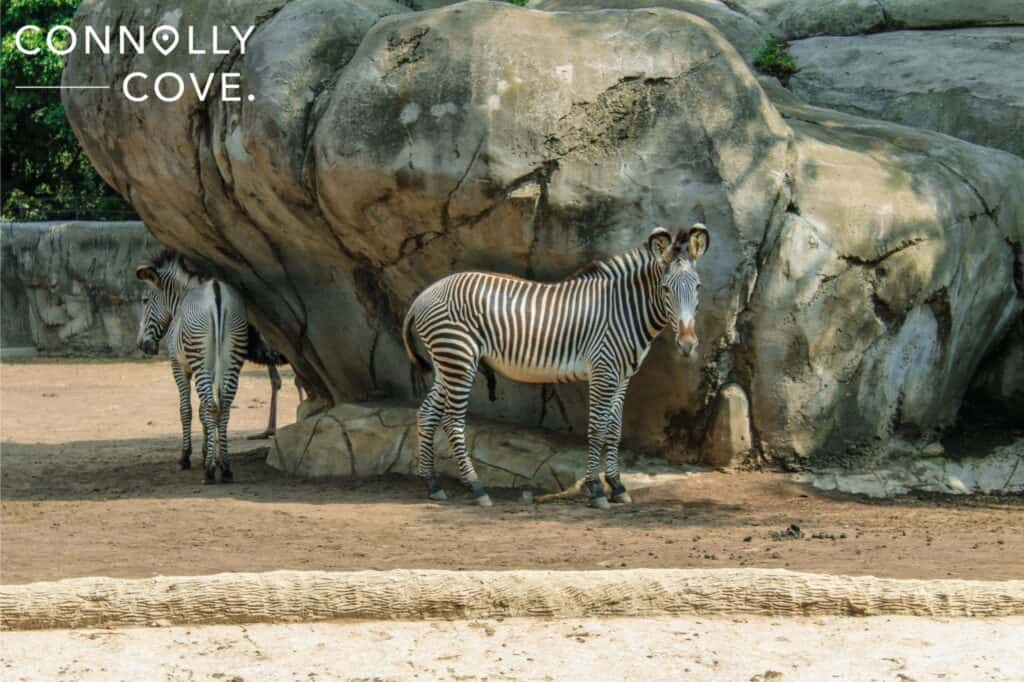
This evolution highlights the museum’s enduring relevance and vital role in preserving, studying, and celebrating Mexico’s rich cultural heritage.
Exhibits at the Museo Nacional de Antropología
The Museo Nacional de Antropología boasts an extraordinary and extensive collection that showcases the cultural richness and historical depth of Mexico City. Its collection features artefacts, artworks, and archaeological finds that span thousands of years, providing visitors with a glimpse into the country’s heritage.
The collection is made up of many objects, including intricate pottery, finely crafted textiles, awe-inspiring sculptures, ancient codices, and ethnographic materials from indigenous communities. The items showcase the artistic achievements of the past and highlight the beliefs, practices, and lives of Mexico’s indigenous peoples.
Permanent Exhibits
Pre-Columbian Mesoamerican civilisations
One of the cornerstones of the Museo Nacional de Antropología’s permanent exhibits is its exploration of the Pre-Columbian Mesoamerican civilisations. Visitors are transported back in time to the grandeur of societies like the Olmec, Zapotec, Teotihuacan, and the enigmatic Maya civilisation.
The exhibit features iconic artefacts such as colossal stone heads from the Olmec culture and intricately carved Mayan stelae, offering a glimpse into the religious, artistic, and scientific achievements of these ancient civilisations.
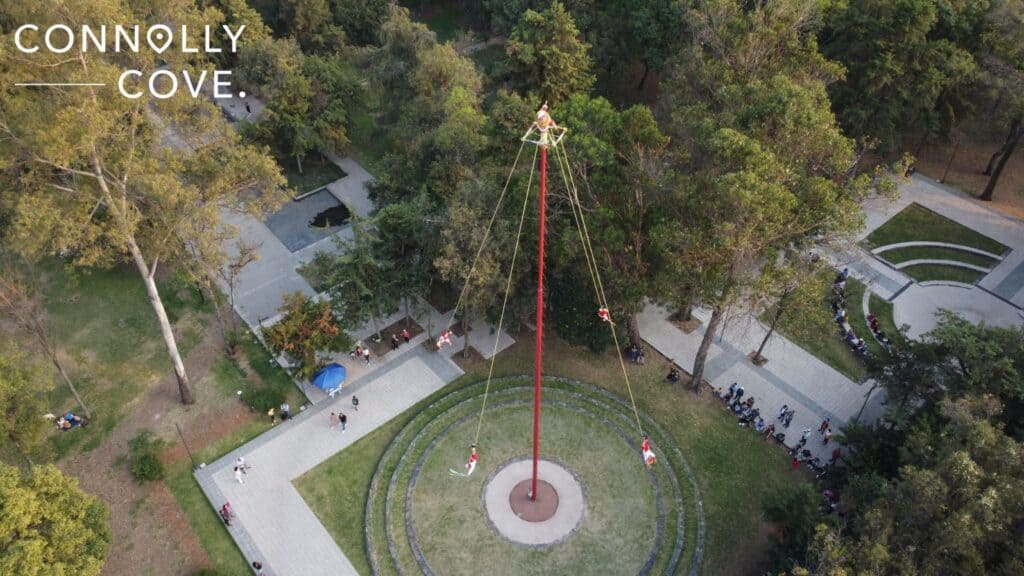
The meticulous curation and contextualisation of these exhibits provide a deep appreciation for the architectural marvels, hieroglyphics, and complex cosmologies that defined these cultures.
Mexican and Indigenous Cultures
Another compelling part of the museum’s permanent exhibits is its dedication to Mexican ethnography and the diverse indigenous cultures that continue to thrive in the country. This section delves into the contemporary lives, traditions, and practices of Mexico’s indigenous communities, showcasing the resilience and vibrancy of these cultures.
From textiles and clothing to religious ceremonies and social structures, visitors gain an intimate understanding of Mexico’s rich indigenous heritage. The exhibits emphasise the importance of cultural preservation and the continued significance of these traditions in the modern era.
Aztec and Mayan Treasures
The Museo Nacional de Antropología’s collection also includes a captivating display of treasures from the Aztec and Maya civilisations. The exhibit showcases glyphs, jewellery, pottery, and ceremonial objects that highlight the intricate artistry and mathematical sophistication of these cultures.
These treasures offer a unique perspective into the spiritual and intellectual dimensions of these ancient societies, highlighting their contributions to astronomy, mathematics, and art.
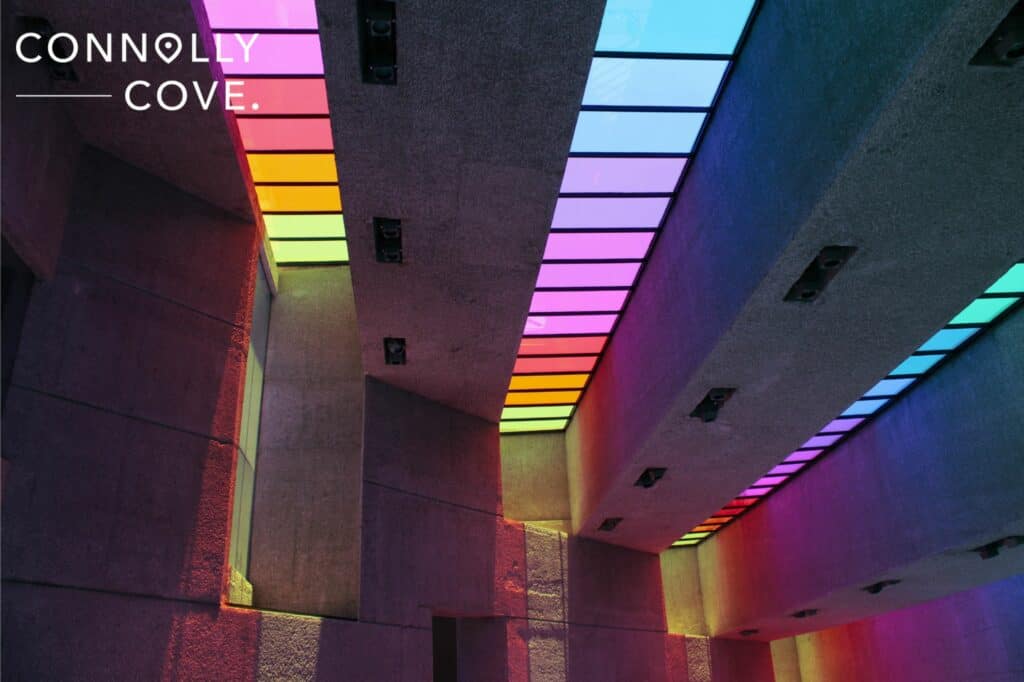
Temporary Exhibits
In addition to its impressive permanent collections, the Museo Nacional de Antropología frequently hosts a rotating series of temporary exhibits that provide fresh insights into various aspects of Mexico’s cultural heritage and anthropology.
These temporary exhibits are often themed around specific topics, regions, or historical periods, making each visit to the museum a unique experience. Themes can include contemporary indigenous art, the impact of colonisation, and explorations of specific archaeological discoveries or indigenous communities.
These temporary exhibits serve as dynamic platforms for showcasing new research, artistic expressions, and contemporary perspectives on Mexico’s cultural diversity. They also offer visitors a chance to engage with evolving narratives and gain a deeper appreciation of the ever-changing variety of Mexican anthropology.
Notable Artefacts
The Museo Nacional de Antropología houses a remarkable array of notable artefacts and pieces that are not only historically significant but also artistically and culturally compelling. Among these treasures is the Aztec Sun Stone, also known as the Calendar Stone, a colossal carved stone disk that was used in Aztec cosmology and timekeeping.
Another iconic piece is the Piedra del Tlaloc, a monolithic sculpture of the Aztec rain god Tlaloc, which vividly illustrates the intricate details and symbolism in Aztec art. Additionally, the museum is home to the renowned Coatlicue statue, a striking representation of an Aztec earth goddess adorned with serpents and skulls.
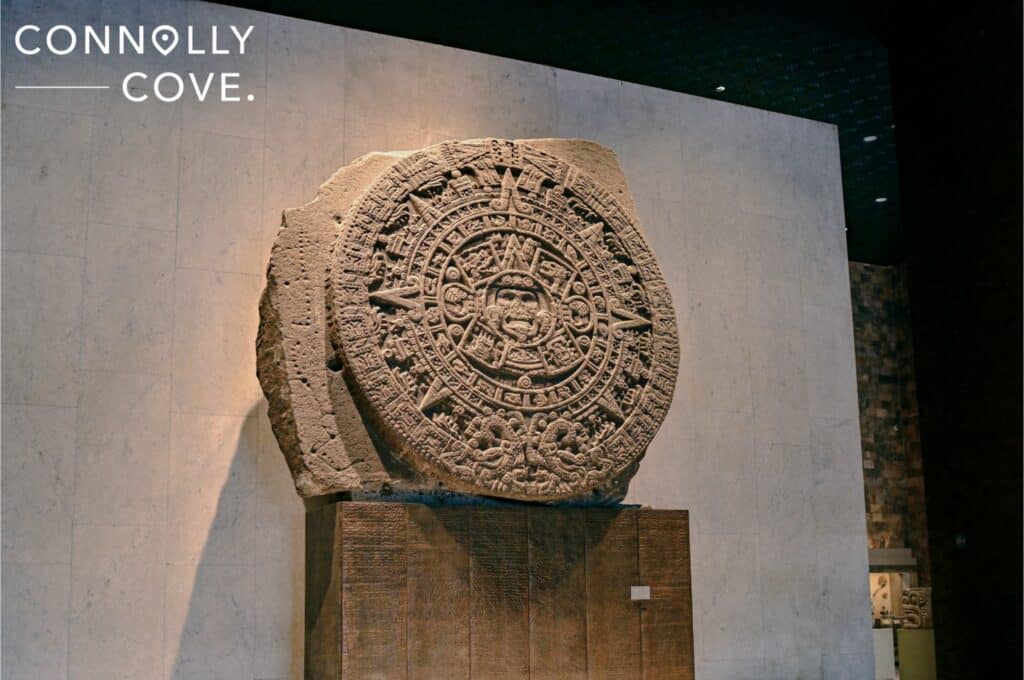
Among the Maya artefacts, the exhibit features intricately carved stelae and the captivating Temple of the Inscriptions sarcophagus lid from the tomb of the great Maya ruler Pakal the Great.
Beyond the Aztec and Maya treasures, the museum boasts an extensive collection of ethnographic artefacts, including textiles, ceramics, and religious objects, each with its unique story to tell about the cultural diversity of Mexico.
These carefully curated and displayed notable pieces offer visitors a profound sense of connection to the past and a deeper understanding of Mexico’s rich anthropological heritage. They stand as testaments to the creativity and ingenuity of the indigenous peoples of Mexico and their enduring contributions to the world of art and culture.
Cultural Significance of the Museo Nacional de Antropología
Promoting Mexican Culture
The Museo Nacional de Antropología plays a pivotal role in preserving and promoting Mexican culture. It protects a collection of Mexico’s rich and diverse heritage, safeguarding invaluable artefacts and cultural expressions that might otherwise be lost to time.
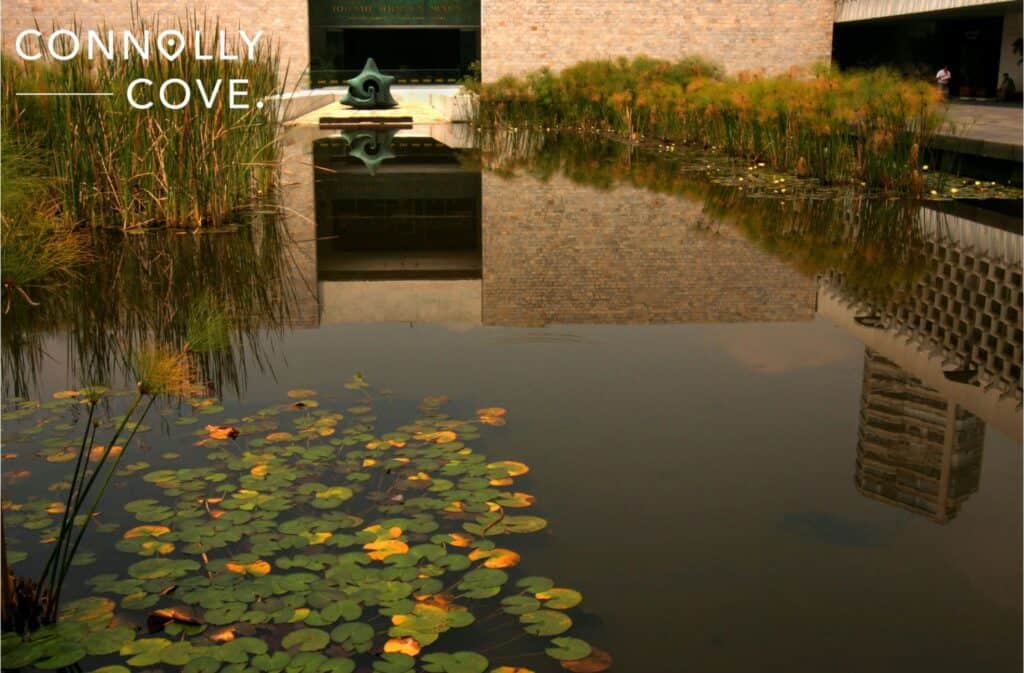
By curating and exhibiting these treasures, the museum ensures their physical preservation and celebrates the nation’s cultural diversity. Through its exhibits and educational programs, the museum fosters a deep sense of pride and appreciation among Mexicans for their indigenous roots and the legacy of their ancestors.
This celebration of cultural identity is vital in maintaining a sense of continuity and connection to the past, especially in a rapidly changing world.
Contributions to Anthropological Research
The Museo Nacional de Antropología is a hub of anthropological research and scholarship. Its extensive collection of artefacts and ethnographic materials serves as a valuable resource for academics, researchers, and anthropologists studying the diverse cultures of Mexico City.
Scholars from around the world come to the museum to conduct research, examine primary source materials, and gain insights into the intricacies of indigenous societies. The museum also supports ongoing archaeological excavations and ethnographic fieldwork, contributing to expanding anthropological knowledge.
By facilitating research and academic collaboration, the museum continues to make significant contributions to the advancement of anthropology and the understanding of Mexico’s cultural history.
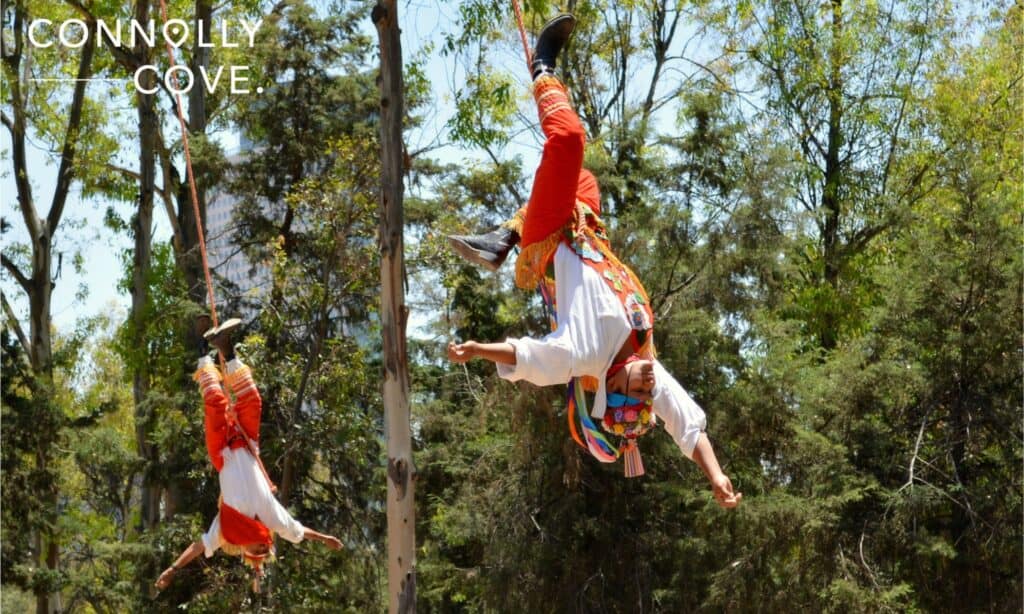
International Collaborations
The Museo Nacional de Antropología is a cultural bridge fostering international collaborations and exchanges. It often hosts exhibitions and cultural events in collaboration with museums and institutions from around the world.
These partnerships promote cross-cultural understanding and create opportunities for dialogue among different societies. By sharing its extensive collection and expertise with international audiences, the museum contributes to global cultural awareness and appreciation.
It also strengthens diplomatic and cultural ties between Mexico and other nations, promoting a sense of shared heritage and mutual respect.
Influence on Public Perception and Education
The Museo Nacional de Antropología profoundly influences public perception and education regarding Mexico’s history and indigenous cultures. It serves as an educational beacon, offering a comprehensive and immersive experience for visitors of all ages and backgrounds.
Through engaging exhibits, guided tours, and educational programs, the museum introduces millions of visitors to the complexities and nuances of Mexico’s cultural tapestry. It dispels myths and stereotypes, replacing them with a deeper and more nuanced understanding of indigenous societies, their contributions, and their significance.
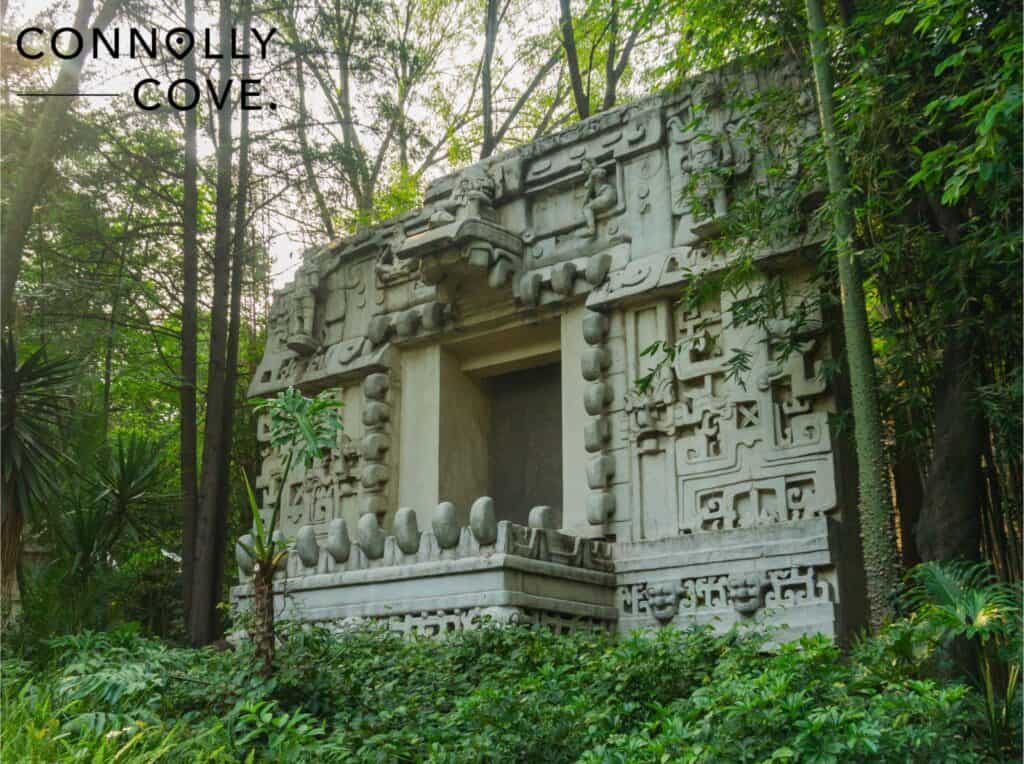
In doing so, the museum contributes to promoting tolerance, diversity, and respect for indigenous cultures, both within Mexico and on the global stage. It inspires a sense of cultural appreciation and curiosity that extends far beyond the museum’s walls, enriching society’s collective understanding of Mexico’s vibrant heritage.
Visitor Experience and Education
Museum layout and design
The Museo Nacional de Antropología is a repository of cultural treasures and a masterfully designed space that enhances the visitor experience. Its architectural layout reflects careful planning, with spacious galleries organised thematically to guide visitors through Mexico’s anthropological history.
The central courtyard, surrounded by reflecting pools and lush gardens, serves as a serene oasis within the museum, allowing visitors to pause and reflect on their journey through the exhibits.
The layout is intuitive, making it easy for visitors to explore at their own pace while ensuring that each section is accessible and inviting. The design of the museum creates a sense of grandeur and reverence, emphasising the cultural significance of the artefacts and the stories they tell.
Guided tours and Programs
The Museo Nacional de Antropología offers a range of educational opportunities that enrich the visitor experience. Guided tours led by experts provide in-depth insights into the exhibits and stories about the artefacts. These tours cater to diverse interests, from archaeology and art to anthropology and history.
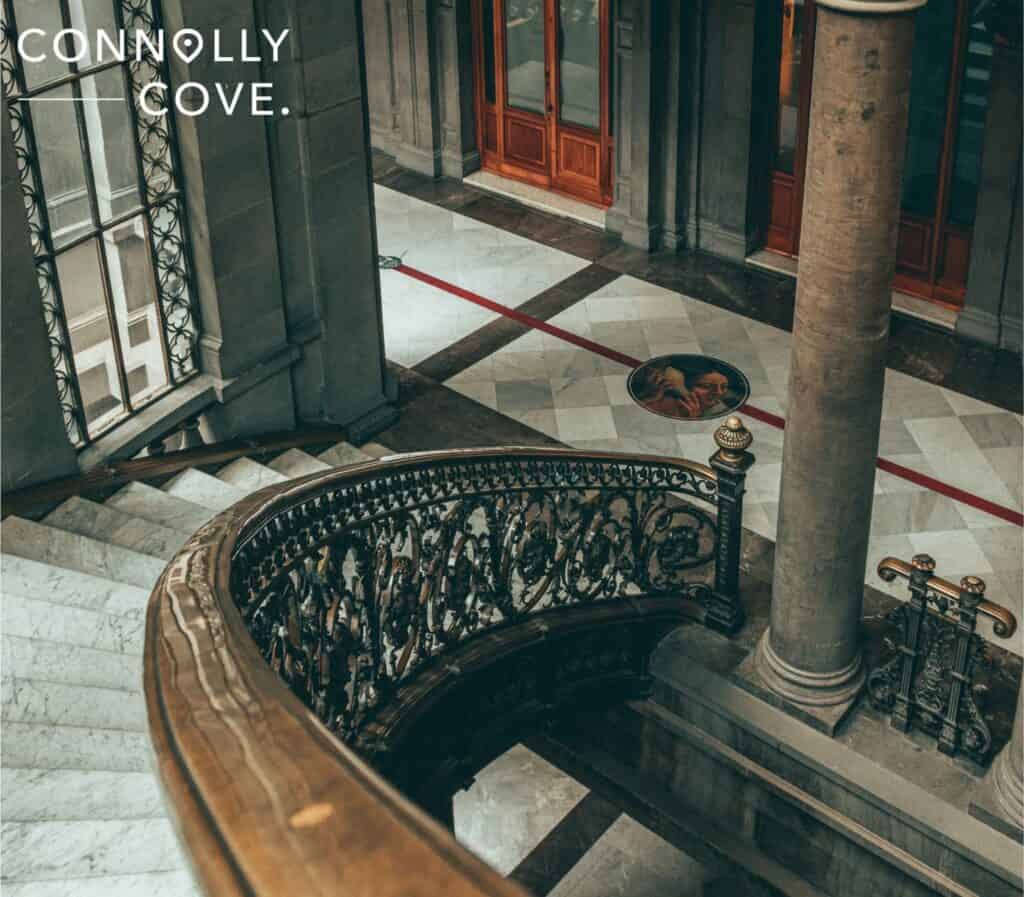
Additionally, the museum conducts educational programs catering to students, researchers, and the general public. Workshops, lectures, and cultural events enhance understanding and engagement.
The museum’s commitment to education extends to partnerships with schools and universities, ensuring that it remains a valuable resource for formal and informal learning.
Interactive exhibits and technology
The Museo Nacional de Antropología recognises the importance of incorporating technology and interactivity to engage visitors. Many exhibits feature touchscreen displays, multimedia presentations, and interactive elements that bring the artefacts to life.
Visitors can zoom in on intricate details of sculptures, explore virtual reconstructions of archaeological sites, and listen to oral histories from indigenous communities. These interactive elements cater to a wide range of learning styles, making the museum’s exhibits accessible and engaging for visitors of all ages.
Impact on Understanding Anthropology
The Museo Nacional de Antropología fosters a profound understanding of anthropology and cultural heritage in all who visit. Visitors gain a holistic perspective on Mexico’s rich and diverse cultural tapestry through the museum’s exhibits, guided tours, and interactive elements.
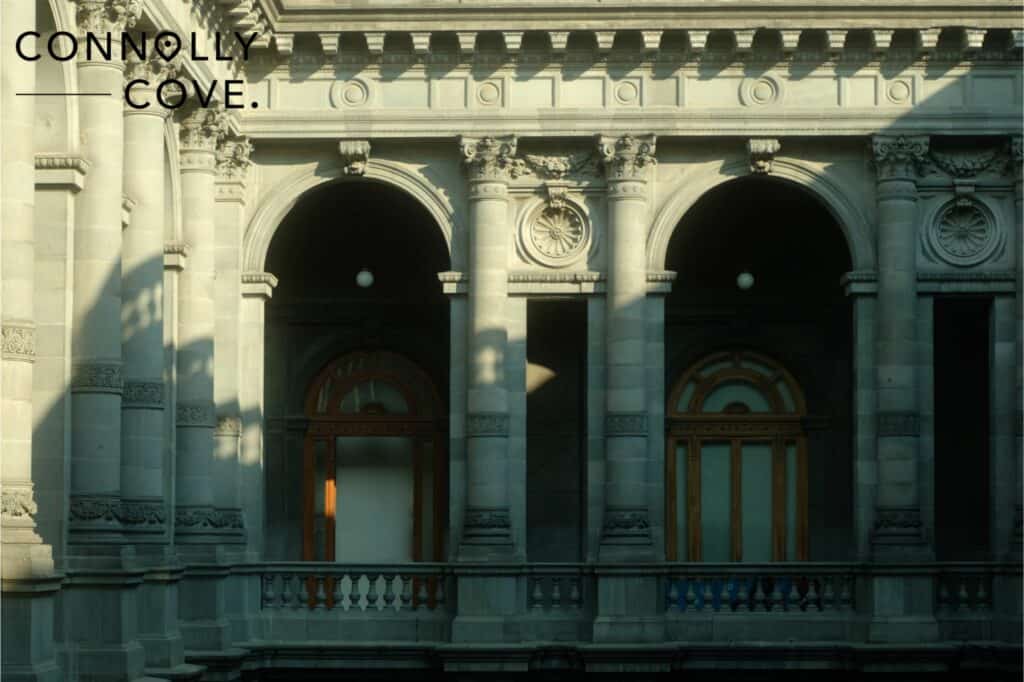
The museum’s emphasis on context and storytelling helps visitors connect personally with the artefacts, sparking curiosity and empathy. As a result, the museum has a transformative impact on its visitors, deepening their understanding of anthropology and cultural heritage and inspiring appreciation for Mexico’s cultural identity.
Attractions Near the Museo Nacional de Antropología
Chapultepec Park
Adjacent to the Museo Nacional de Antropología lies the expansive Chapultepec Park, often referred to as the “Lungs of Mexico City.” This urban oasis spans over 1,600 acres and offers a plethora of attractions for visitors to explore.
Within the park, you’ll find serene lakes, lush botanical gardens, and peaceful walking paths. Families can enjoy picnics, paddle boating, and visits to the Chapultepec Zoo. The park is also home to the National Auditorium, a renowned venue for concerts and cultural events.
Perched atop a hill within Chapultepec Park, the Chapultepec Castle, also known as the Castillo de Chapultepec, is a historic and architectural gem. Originally built as a residence for Spanish viceroys in the 18th century, it later served as a military academy and then as the official residence of Emperor Maximilian I and Empress Carlota.
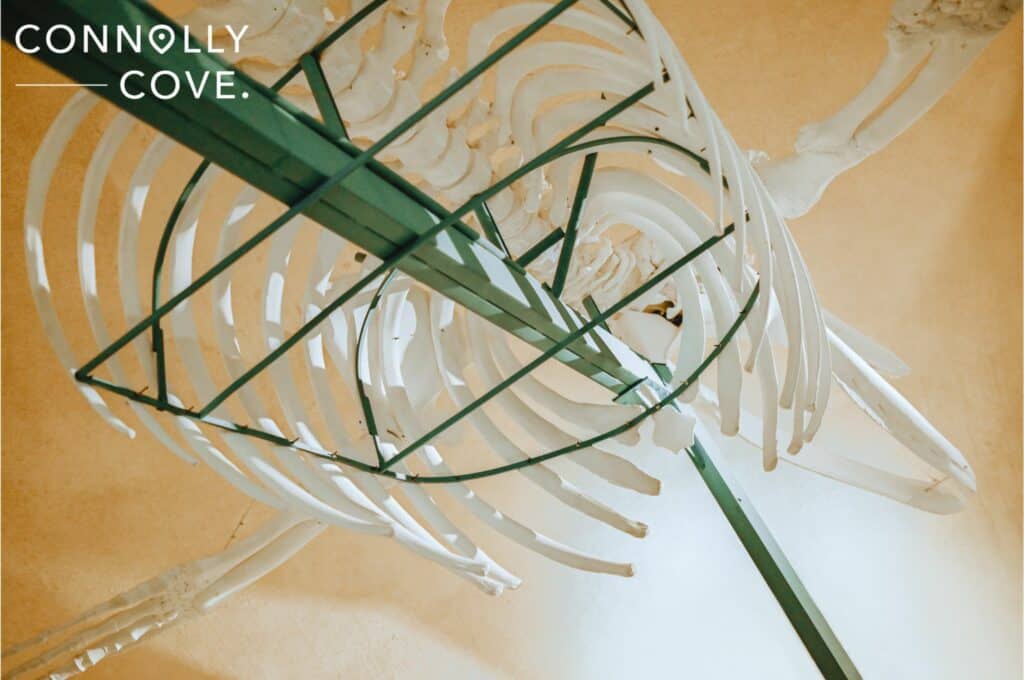
Today, it houses the National Museum of History, where visitors can explore the rich history of Mexico through a diverse collection of artefacts, art, and exhibits. The castle’s breathtaking views of Mexico City and its gardens make it a must-visit attraction for a blend of history, culture, and natural beauty.
National History Museum
Located within the Chapultepec Castle, the National Museum of History (Museo Nacional de Historia) is a captivating destination for history enthusiasts. The museum’s exhibitions trace the history of Mexico from its indigenous civilisations to the Spanish conquest and through the tumultuous periods of independence and revolution.
Visitors can admire artefacts, paintings, and memorabilia highlighting key moments in Mexico’s past, from the Aztec empire to the struggles for independence and social change. The museum’s setting within the castle’s ornate halls adds an extra layer of grandeur to the historical experience.
Paseo de la Reforma
The Museo Nacional de Antropología is located along the renowned Paseo de la Reforma, one of Mexico City’s most iconic avenues. This tree-lined boulevard is flanked by numerous landmarks and monuments, including the Angel of Independence (El Ángel de la Independencia), a towering statue honouring Mexico’s heroes.
The avenue is also dotted with impressive sculptures and serves as a hub for cultural events, parades, and celebrations. Along Paseo de la Reforma, visitors can explore attractions like the Diana the Huntress Fountain and the Stock Exchange building, further immersing themselves in the city’s rich culture and history.
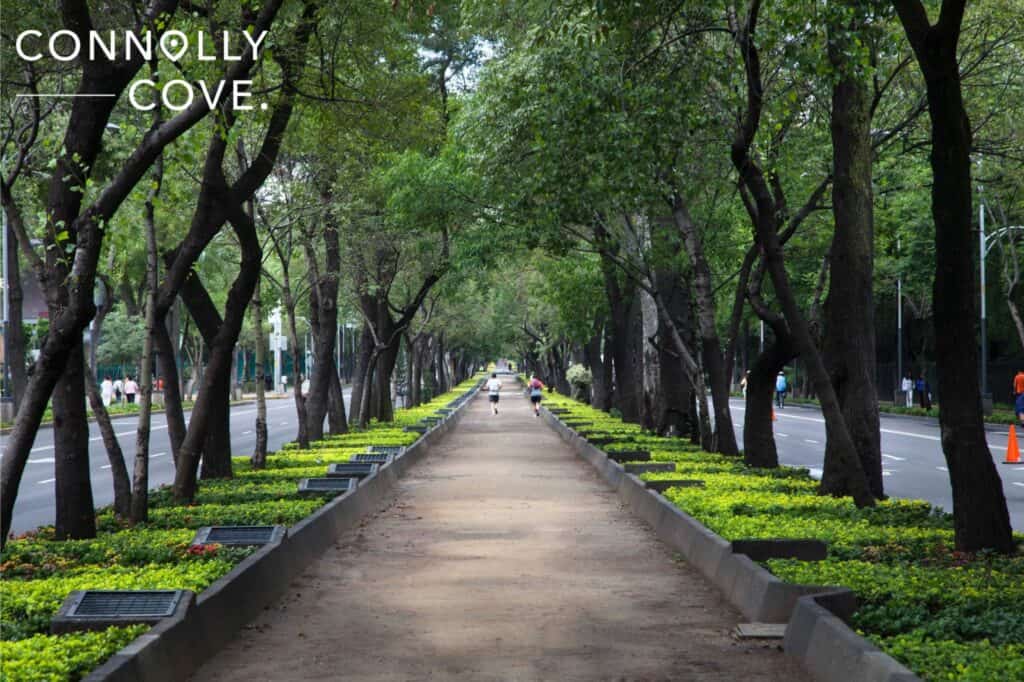
Tenochtitlán
Just a short distance from the Museo Nacional de Antropología, tourists will find the remains of Tenochtitlán, the ancient capital of the Aztec Empire. Today, this historic site is known as the Templo Mayor archaeological site and museum.
Here, visitors can explore the excavated ruins of the Aztec ceremonial centre, which includes temples, plazas, and sacrificial altars. The accompanying museum provides context and insights into Aztec culture, religion, and daily life.
This archaeological treasure offers a captivating glimpse into the origins of Mexico City and the foundations of modern Mexican culture.
Dining and Shopping
Visitors to the Museo Nacional de Antropología are spoiled for choice when it comes to nearby dining and shopping options. The museum itself has cafes where you can enjoy a leisurely meal or a quick snack. Additionally, the nearby Polanco neighbourhood offers an array of upscale restaurants serving Mexican and international cuisine.
The area is also a shopping paradise, with designer boutiques, artisan markets, and high-end shopping malls like Antara Fashion Hall. Whether you’re in the mood for a culinary treat or retail therapy, the area around the museum provides ample opportunities to indulge.
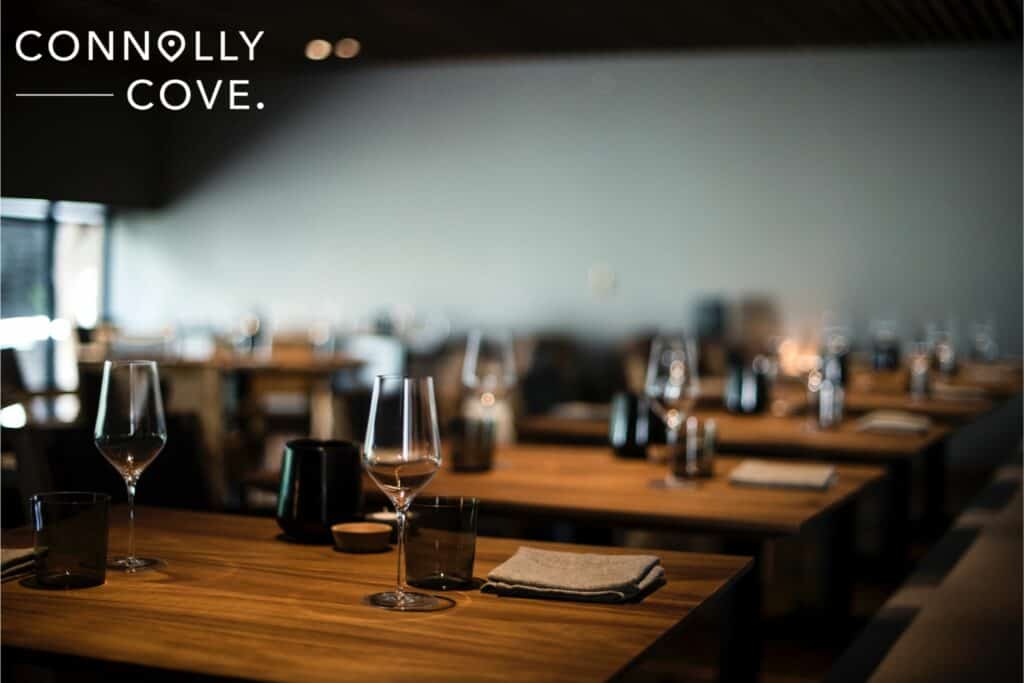
The Museo Nacional de Antropología is an Incredible Museum
The Museo Nacional de Antropología is a testament to the rich cultural heritage of Mexico. Its location within the sprawling Chapultepec Park of Mexico City makes it easily accessible for tourists. The park provides a lush natural setting that complements its mission of preserving and celebrating Mexico’s diverse cultural legacy.
Tourists who visit the Museo Nacional de Antropología take a journey through time and gain an appreciation for the enduring legacy of Mexico’s indigenous peoples. It is a powerful museum that shapes our understanding of the past, connects us with the present, and inspires us to preserve the cultural treasures for the future.
If you’re interested in exploring interesting locations, check out our blog on Discovering the Top 10 Unique Travel Destinations in the World: Get Ready for Unforgettable Vacation.






